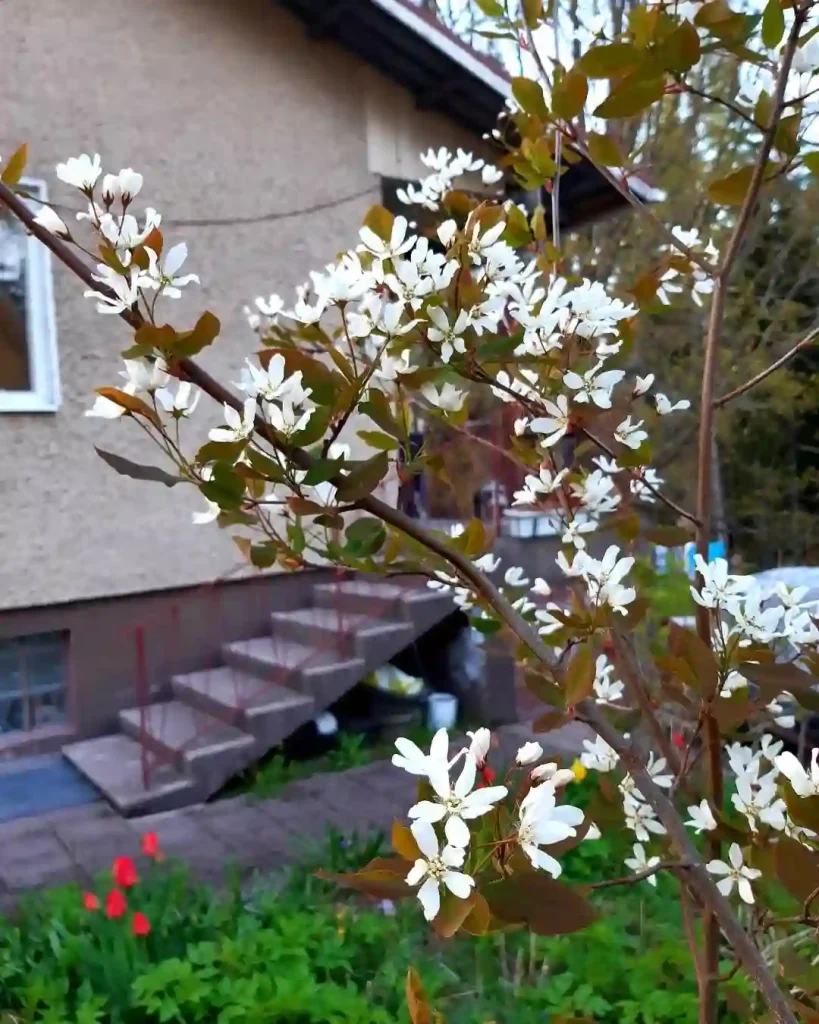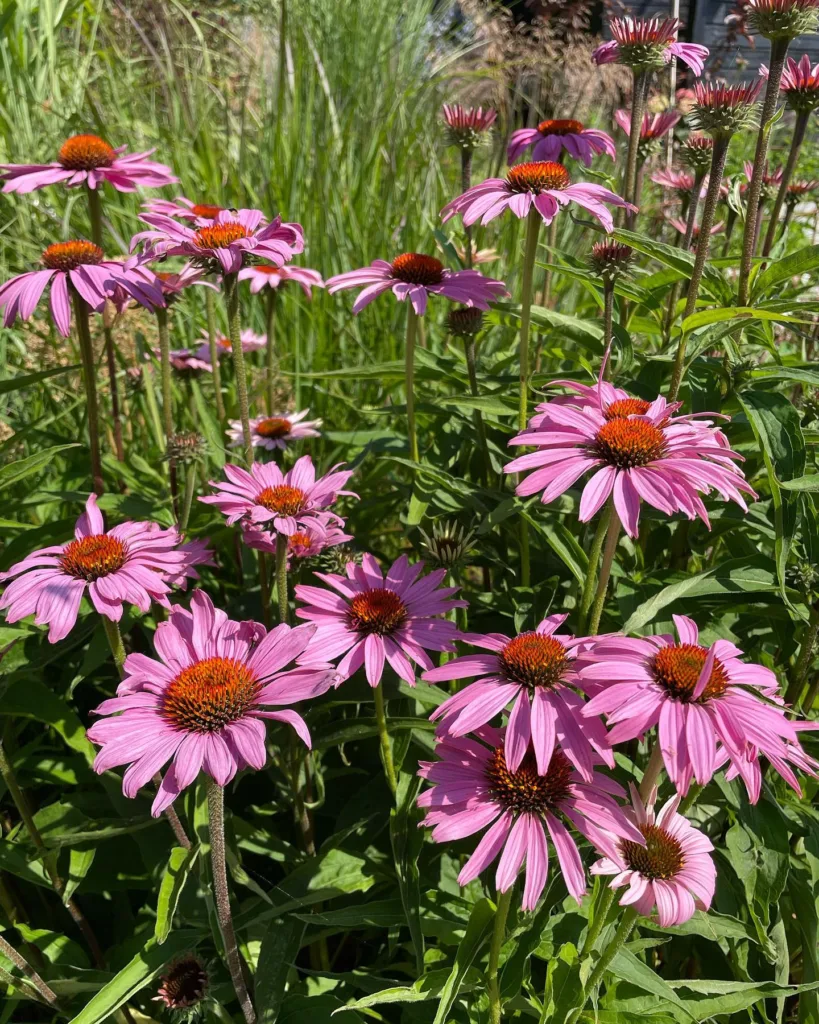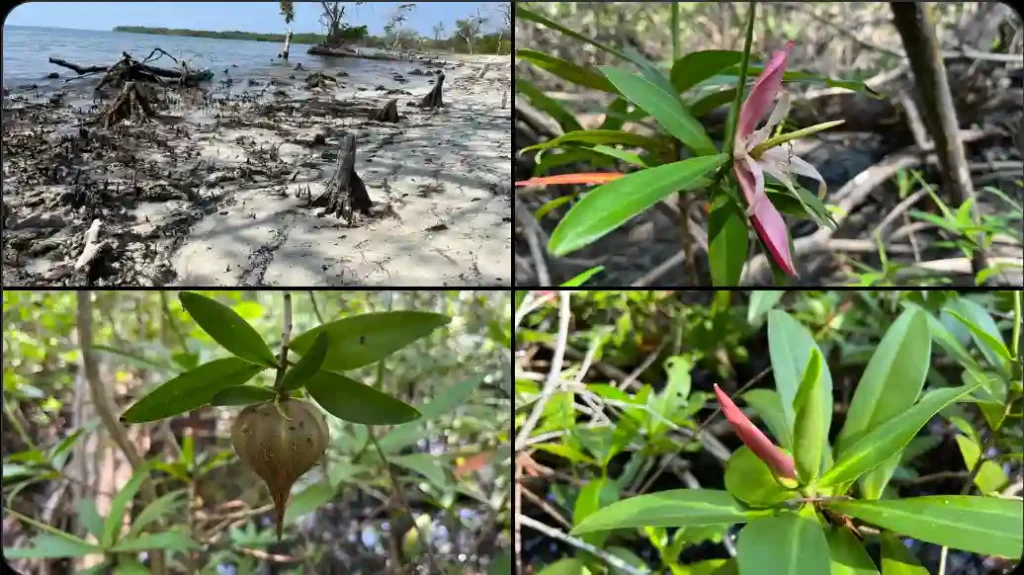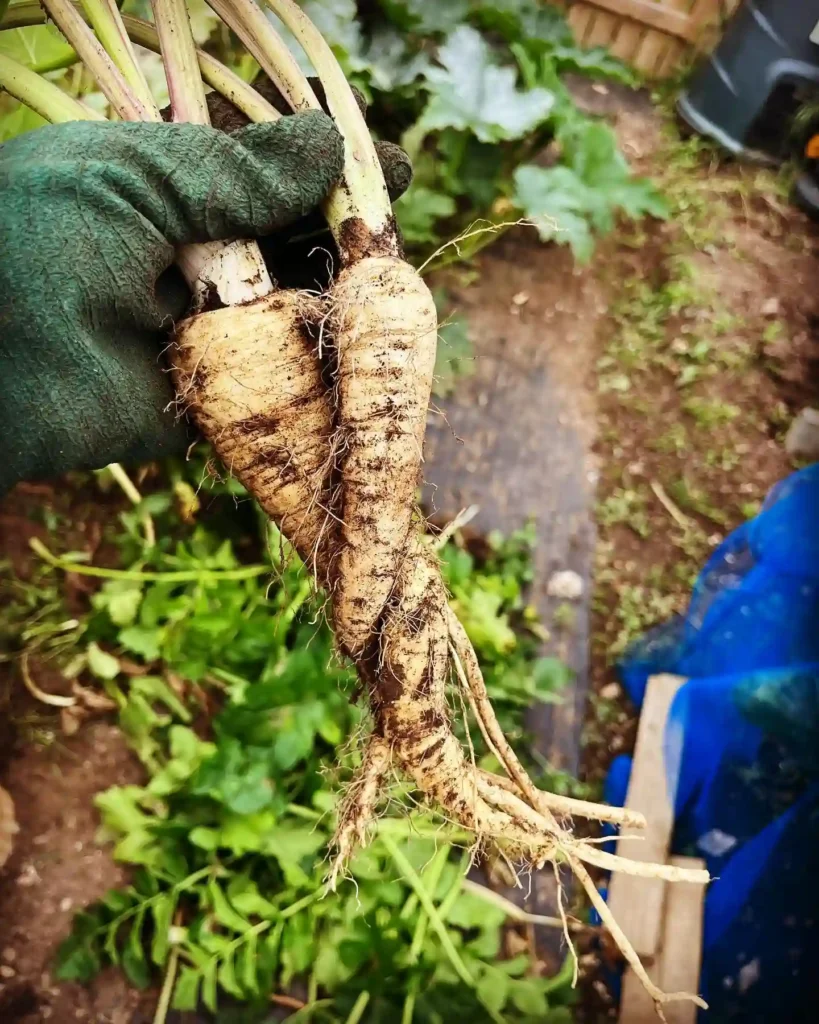Grindelia: A Love Affair with Gumweed
My name is Ferb Vu, and I have a confession. I’m utterly captivated by a genus of plants that many people overlook – Grindelia, the gumweeds. These hardy, resilient plants, with their cheerful yellow flowers and distinctive sticky buds, have won a special place in my heart.
Perhaps it’s their unassuming nature, thriving in harsh environments where other plants struggle. Or maybe it’s the way their resinous flower heads glisten in the sunlight, like tiny, amber jewels. Whatever the reason, I find myself drawn to these fascinating members of the Asteraceae family.
A Diverse Genus
The Grindelia genus boasts a diverse array of species, each with its own unique characteristics and adaptations. Here are:
- Grindelia adenodonta (Steyerm.) G.L.Nesom
- Grindelia aegialitis Cabrera
- Grindelia anethifolia (Phil.) Adr.Bartoli & Tortosa
- Grindelia argentina Deble & A.S.Oliveira
- Grindelia arizonica A.Gray
- Grindelia atlantica Deble & A.S.Oliveira
- Grindelia boliviana Rusby
- Grindelia brachystephana Griseb.
- Grindelia buphthalmoides DC.
- Grindelia cabrerae Ariza
- Grindelia chacoensis Adr.Bartoli & Tortosa
- Grindelia chiloensis (Cornel.) Cabrera
- Grindelia ciliata (Nutt.) Spreng.
- Grindelia confusa Steyerm.
- Grindelia coronensis Adr.Bartoli & Tortosa
- Grindelia covasii Bartoli & Tortosa
- Grindelia decumbens Greene
- Grindelia fraxinipratensis Reveal & Beatley
- Grindelia gaucha Deble & A.S.Oliveira
- Grindelia globularifolia Griseb.
- Grindelia glutinosa (Cav.) Mart.
- Grindelia grandiflora Hook.
- Grindelia greenmanii Steyerm.
- Grindelia havardii Steyerm.
- Grindelia hintoniorum G.L.Nesom
- Grindelia hirsutula Hook. & Arn.
- Grindelia hirtella (B.L.Rob. & Greenm.) Adr.Bartoli & Tortosa
- Grindelia howellii Steyerm.
- Grindelia integrifolia DC.
- Grindelia inuloides Willd.
- Grindelia lanceolata Nutt.
- Grindelia leptocarpa (De Jong & Beaman) Adr.Bartoli & Tortosa
- Grindelia linearifolia Adr.Bartoli, Tortosa & Marchesi
- Grindelia macvaughii G.L.Nesom
- Grindelia mendocina Adr.Bartoli & Tortosa
- Grindelia microcephala DC.
- Grindelia nelsonii Steyerm.
- Grindelia nuda Alph.Wood
- Grindelia oaxacana G.L.Nesom
- Grindelia obovatifolia S.F.Blake
- Grindelia oolepis S.F.Blake
- Grindelia orientalis Bartoli, Tortosa & G.H.Rua
- Grindelia oxylepis Greene
- Grindelia palmeri Steyerm.
- Grindelia patagonica Bartoli & Tortosa
- Grindelia peregrinensis Deble & Sabatino
- Grindelia prostrata Adr.Bartoli & Tortosa
- Grindelia puberula Hook. & Arn.
- Grindelia pulchella Dunal
- Grindelia pusilla (Steyerm.) G.L.Nesom
- Grindelia pygmaea Cabrera
- Grindelia ragonesei Cabrera
- Grindelia robinsonii Steyerm.
- Grindelia scabra Greene
- Grindelia scorzonerifolia Hook. & Arn.
- Grindelia squarrosa (Pursh) Dunal
- Grindelia subalpina Greene
- Grindelia subdecurrens DC.
- Grindelia sublanuginosa Steyerm.
- Grindelia tarapacana Phil.
- Grindelia tenella Steyerm.
- Grindelia tricuspis (Sch.Bip.) Adr.Bartoli & Tortosa
- Grindelia turneri G.L.Nesom
- Grindelia ventanensis Adr.Bartoli & Tortosa
- Grindelia vetimontis G.L.Nesom
- Grindelia villarrealii G.L.Nesom
More Than Just a Pretty Face
While their cheerful blooms are certainly eye-catching, Grindelia plants offer more than just aesthetic appeal. They have a long history of use in traditional medicine, particularly by Native American tribes. The resinous sap found in the flower buds contains compounds with anti-inflammatory, expectorant, and antispasmodic properties. It was traditionally used to treat a variety of ailments, including asthma, bronchitis, and skin rashes.
Modern research has confirmed some of these traditional uses. Studies have shown that Grindelia extracts can help to relax airway muscles, reduce inflammation, and even inhibit the growth of certain bacteria. This has led to renewed interest in the potential of these plants for developing new medicines.
Beyond their medicinal applications, Grindelia species also play an important ecological role. Their flowers provide a valuable source of nectar and pollen for a wide range of pollinators, including bees, butterflies, and moths. They also serve as host plants for the larvae of some butterfly species.
A Resilient Spirit
One of the things I admire most about Grindelia is their resilience. These tough plants can thrive in some of the most challenging environments, from dry, rocky slopes to salty coastal marshes. They can tolerate drought, heat, and poor soil conditions. This hardiness makes them a valuable asset in restoration projects, helping to stabilize soil and prevent erosion.
In a world facing increasing environmental challenges, the resilience of plants like Grindelia offers a source of hope. They remind us that life can flourish even in the face of adversity.
A Personal Connection
My fascination with Grindelia goes beyond their botanical characteristics and medicinal properties. For me, they represent a connection to the natural world, a reminder of the beauty and resilience that can be found all around us.
Whether I’m hiking through a field of wildflowers or simply admiring a single Grindelia plant in my garden, I feel a sense of peace and wonder. These plants have taught me to appreciate the simple things in life and to find beauty in unexpected places.
If i die, water my plants!



